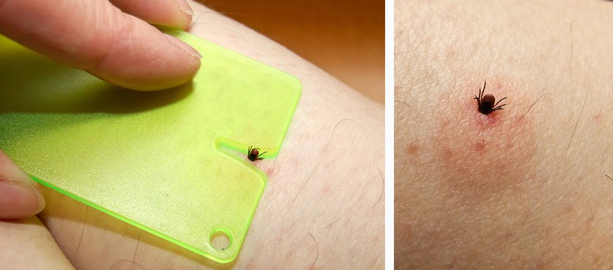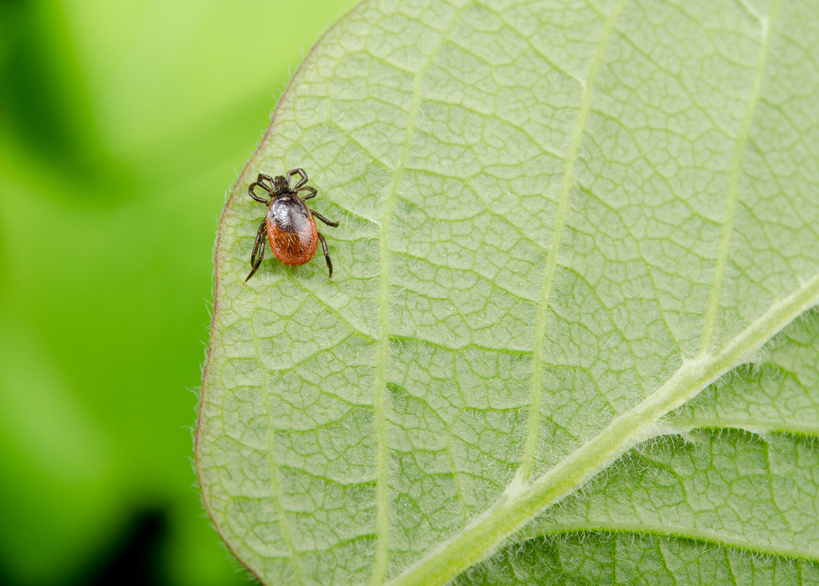The Transmission of Lyme Disease by Ticks
The German Chronic Disease Laboratory (DCL) specialises in Lyme disease. Unlike other laboratories, which perform a wide range of blood tests, the DCL concentrates exclusively on testing for Lyme disease and other concomitant infections.
What is Lyme disease?
Lyme disease is a multi-systemic disorder transmitted by Borrelia bacteria. Multi-systemic disorders are chronic inflammatory diseases which affect the whole body. Borrelia bacteria were discovered by the French bacteriologist Amédéé Borrel. In 1982, Willi Burgdorfer, an American physician of Swiss origin, was the first to coin the term "borreliosis" or "Lyme disease" for this infection. We now know that there are at least eleven different types of Borrelia bacteria, four or five of which are currently known to cause disease.

Photo: Carola Vahldiek/fotolia.com
How the disease is transmitted
The disease is mainly transmitted by infected ticks, which live in woods, hedges, bushes and tall grass. Horse flies and certain types of mosquitoes are also considered to be possible transmitters. Lyme disease may possibly also be transmitted by sexual intercourse.
Ticks become infected with Borrelia bacteria when they suck the blood of an infected host. Parent ticks then transmit the disease to their offspring. The ticks in turn transmit the Borrelia bacteria to humans. Not every tick bite causes Lyme disease. Ticks only transmit Lyme disease when they suck the host's (e.g. a human's) blood then vomit it while still attached to the host. However, not every infected tick transmits the disease to its host.
When the Borrelia bacteria penetrates the human body, the body produces antibodies to fight the infection. In some people, the antibodies do their work successfully and prevent the infection from spreading throughout the body. However, others develop a multitude of symptoms which may affect the nervous system, joints, muscles and skin as well as other organs.
How to protect yourself from Lyme disease
In Germany, the risk of infection is known to be very high, particularly in the central and southern regions of the country. However, the risk of infection should not be underestimated in other areas. In Brandenburg too, 40 percent of ticks carry Lyme disease. Ticks are most active during the period from March to October; however, ticks and bacteria can also survive mild winters.
As there is no form of medical protection against ticks and Lyme disease, the risk can only be reduced by taking precautions. You are advised to wear light clothing which covers the body whenever you are outdoors and to use insect repellent sprays such as Autan.
Afterwards, the body should be checked for ticks, which should be removed immediately using a special tick forceps or pointed tweezers, taking care not to squash the tick. The wound should then be disinfected.

Photo: Michael Tieck/fotolia.com



